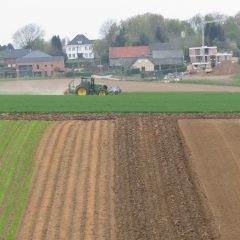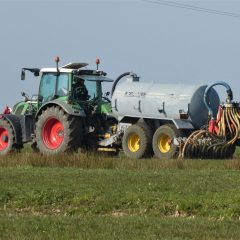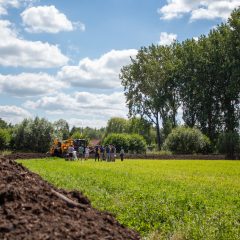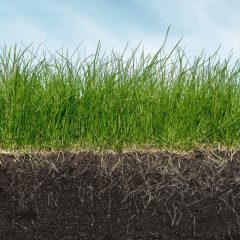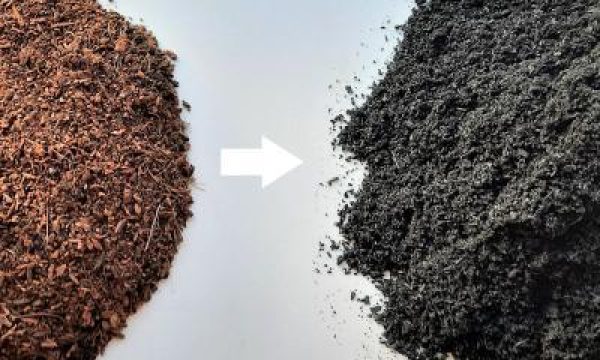What does ILVO do?
-
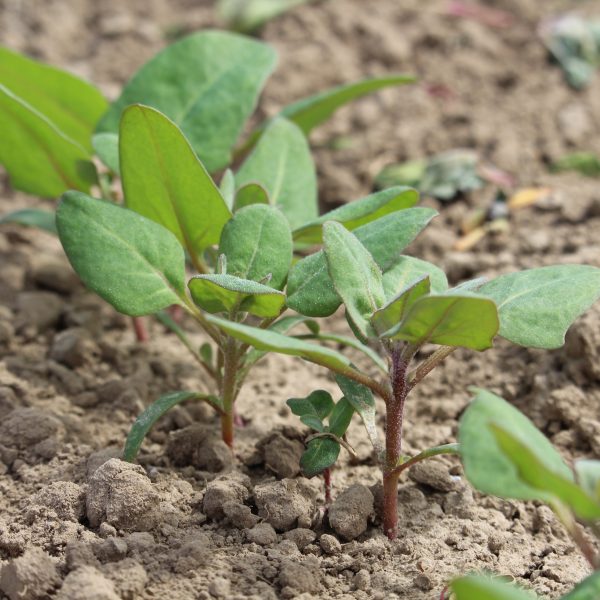 ILVO coordinates research around crop husbandry and variety choice for optimal production of quinoa in Flanders.
ILVO coordinates research around crop husbandry and variety choice for optimal production of quinoa in Flanders. -
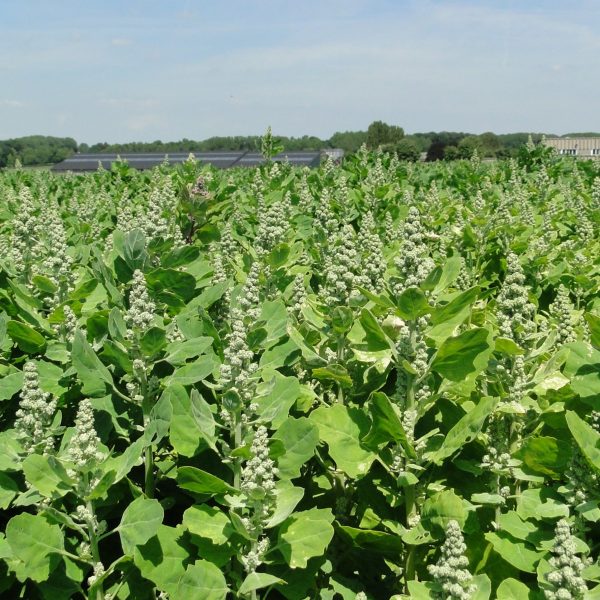 Together with the chain, ILVO shares its latest findings via cultivation demonstrations, open field days, and ‘Quilopedia’
Together with the chain, ILVO shares its latest findings via cultivation demonstrations, open field days, and ‘Quilopedia’ -
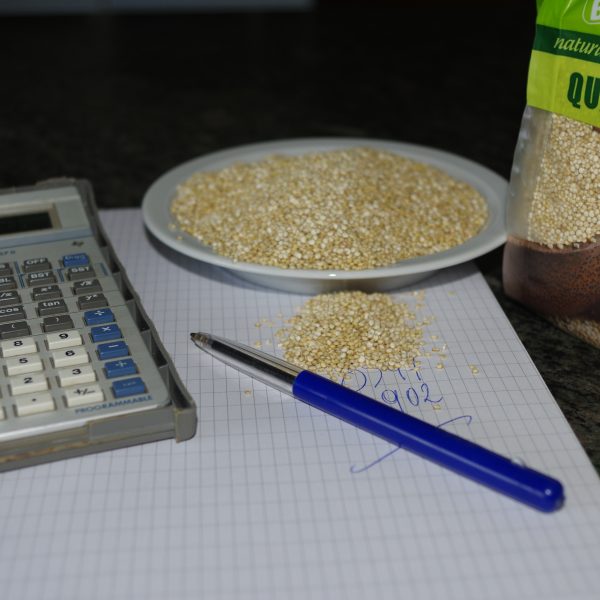 ILVO explores the profitability of quinoa to stimulate its integration in Flemish agriculture.
ILVO explores the profitability of quinoa to stimulate its integration in Flemish agriculture. -
 All of the links in the chain are intensely involved in the research on quinoa, from cropping to sales.
All of the links in the chain are intensely involved in the research on quinoa, from cropping to sales.
Quinoa cultivation in Flanders
Quinoa is a protein-rich pseudo-grain that originates from South America. Most of the quinoa on the shelves today is still imported from South America, with Peru and Bolivia leading the way. But growers as well as (food) processors and retailers are asking to investigate the crop’s potential for Flanders.
Protein-rich crop with interesting amino acid profile
Flemish demand for quinoa is growing. This is mainly due to its healthy qualities, the trend towards protein diversification, and the success of target group nutrition. Because it’s a pseudo-grain, quinoa is gluten-free but also low in sugar, with a high nutritional value and a higher content of proteins and minerals than other grains (corn, wheat, rice, etc.). The proteins have excellent quality and contain all the essential amino acids in the right proportions – just like animal proteins such as milk and eggs. It also contains a high content of minerals, vitamins, dietary fibers, and flavonoids.
Sustainable cultivation
Quinoa is not only healthy for people, it is also sustainable to grow. Other crops use more than twice the amount of water that quinoa needs. Quinoa is also a stress-resistant crop that rarely suffers from drought and salinization, and is therefore resistant to the effects of climate change. Lastly, quinoa fits into a wider cultivation rotation because the cultivation does not exhaust the soil and requires little or no crop protection.
Local cultivation is technically possible
In 2013, ‘the international year of quinoa’, ILVO founded the ‘quinoa platform’ together with Inagro, HOGENT, PCG, and the then Herent Test Centre. In that platform, the partners carried out research into the feasibility of cultivation in our climate conditions. The results were successful because – in the meantime – the researchers have succeeded in obtaining a good yield with an interesting protein content in medium-early varieties.
Sharing knowledge and building chains
In 2019, ILVO, Inagro, and Praktijkpunt Landbouw Vlaams-Brabant started the follow-up project called ‘quinoa lokaal’ (QUILO), focusing on the further roll-out quinoa cultivation in practice. About 20 pioneer and candidate growers are closely involved. Knowledge is shared maximally via cultivation demos, open field days and the online ‘Quilopedia' database. Last, by involving the business community – seed companies, machine manufacturers, the food industry, retail, etc. – the researchers hope to promote the development of local supply, packaging, sorting, processing, and marketing chains.
Profitable cultivation?
Before quinoa growing can really take off in Flanders, the yield must increase even further. A profitability study should show how many tons per hectare a farmer should be able to harvest from a field before it is economically sustainable. ILVO and partners continue to try to increase yields by testing the most suitable varieties for our climate, the right fertilization, plant density, and mechanical weed control.
Contact an expert
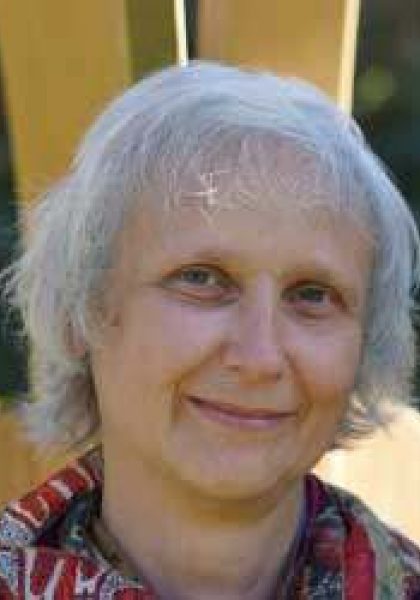
Research projects





